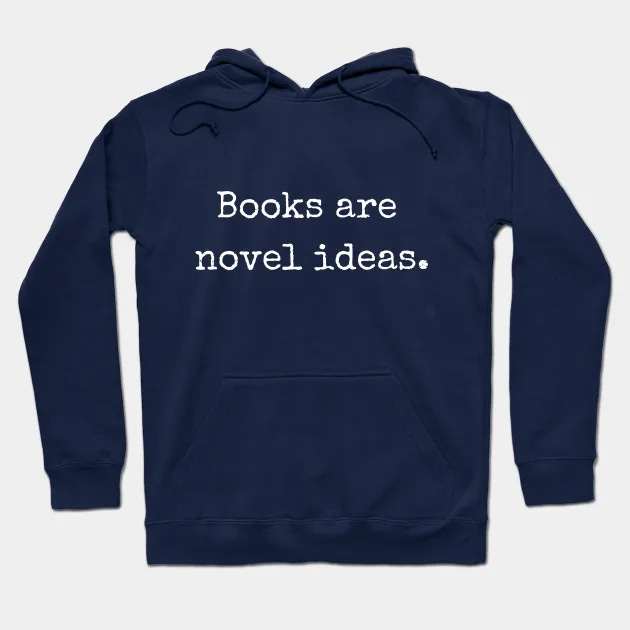Don't make your readers suffer your throat-clearing
“Sometimes I’ll start a sentence and I don’t even know where it’s going.” —Michael Scott

I’m sure you’ve experienced this as a reader.
You begin reading a new article or book. Three paragraphs in, you’re not entirely sure what you’ve read or if you want to keep reading. But the next line grabs you. You suddenly find yourself engrossed in what you were just about to put down.
What this tells you is that the author (or their editor) hasn’t applied a crucial edit: removal of the throat-clear.
Throat-clearing is the introductory fluff that precedes either the hook of a piece or its reason for being. Writers can sometimes be precious about their introductions because those were the first words or ideas they had when writing that new project. It’s the baby of their project, and they sometimes coddle it as such.
David Foster Wallace said that “the job of the first eight pages is not to have the reader want to throw the book at the wall, during the first eight pages.”
Many inexperienced writers write that way. They sit down at their computer and start typing whatever pops into their head. That alone isn’t a problem. It’s part of the process for many writers—even the experienced ones.
The real problem is when a writer can’t take an honest, objective look at those opening lines or paragraphs in relation to the rest of what they’ve written. The real problem is when they leave such throat-clearing in the final text.
Clearing your throat is like revving your car’s engine after a deathly cold night. You’re warming yourself up to get going—to write about what you really want to write about.
Robert McKee wrote, “If the story you're telling, is the story you're telling, you're in deep s***.”
But you have to develop a keen editorial eye to see and cut what’s unnecessary.
For example, newbie novelists often relate their protagonist’s back story in a prologue. They do this because they’re afraid the reader won’t get what their protagonist is about.
But the deft, experienced writers weave that information into the active, present story. Yes, that can be hard to do, but it’s better than boring your reader from the outset with information that either isn’t essential or that doesn’t move the plot. (Inexpert plot dumps in film and TV quickly remove a viewer from experiencing that narrative.)
The same problem affects nonfiction too, and online writing in particular. When I’m reading an article, I want the writer to get to the point. Sure, some background may be necessary, but we don’t need to know every reason the writer felt led to write about that particular subject.
Make the main point the main point.
How to self-edit your throat-clearing
The same process can be applied to any written material. Just change the length of what you review and edit out.
Review the first few paragraphs of every chapter.
Ask yourself: Am I telling the story I want to tell, or am I telling the story behind the story?
Review your first few chapters.
Again, ask yourself: Am I telling the story I want to tell, or am I telling the story behind the story?
Always consider your first two to three paragraphs suspect. Cut one or all of those paragraphs and see if you have a stronger opening.
Opening lines compel and propel.
They entice your reader to give your work attention and then to keep giving it attention until they’ve finished your article or book. Don’t waste your one opportunity to gain a new reader because they just can’t stand your throat-clearing.
An inspiring comment
I watched this teenage virtuoso guitarist the other day and came across this gem of a quote:
The way the commenter feels is the same way I’ve been feeling while reading Cormac McCarthy’s Blood Meridian. There’s writing and then there’s writing.
Featured writer HOODIE
The temps are finally below 100° here in Texas so it must be hoodie season.
I have a few non-T-shirt writer products in my TeePublic shop, including this hoodie that makes a terrible pun. (It’s also available as a tee and in a few color options.)
About Better Writing with Blake Atwood
I’m Blake Atwood, a nonfiction editor, author, and ghostwriter. My literary claim to nominal fame is as an early developmental editor on Atomic Habits, but I’ve worked on more than 60 books, including a few of my own. If this was forwarded to you and you’d like to subscribe, please do so below.
Always feel free to reply to these emails. I read them and try to answer within 2 business days. And, as an Amazon Associate, I earn from qualifying purchases through affiliate links in this newsletter.





